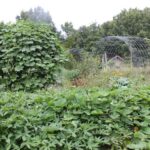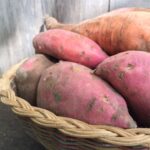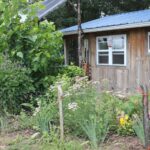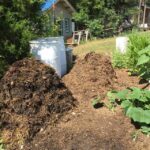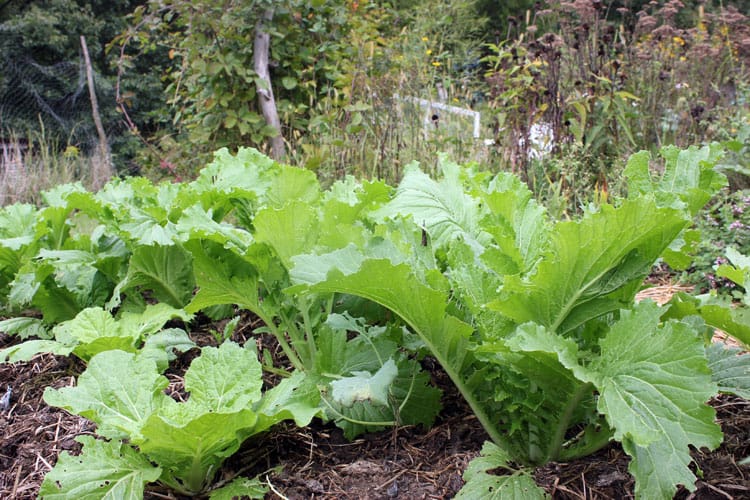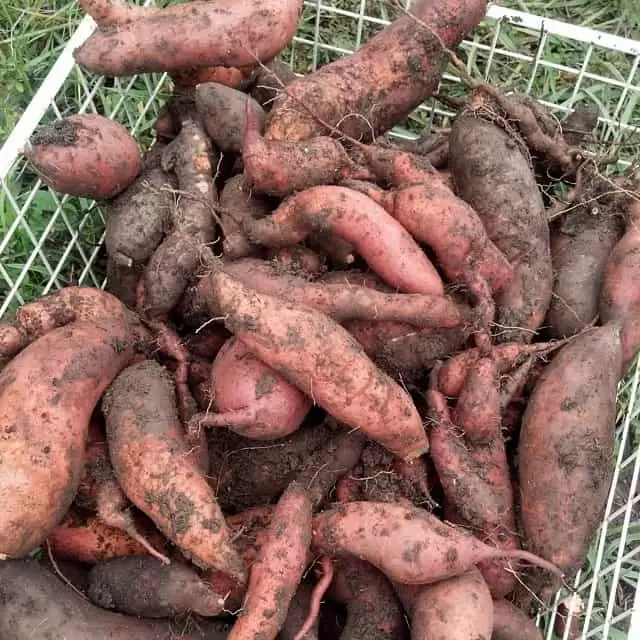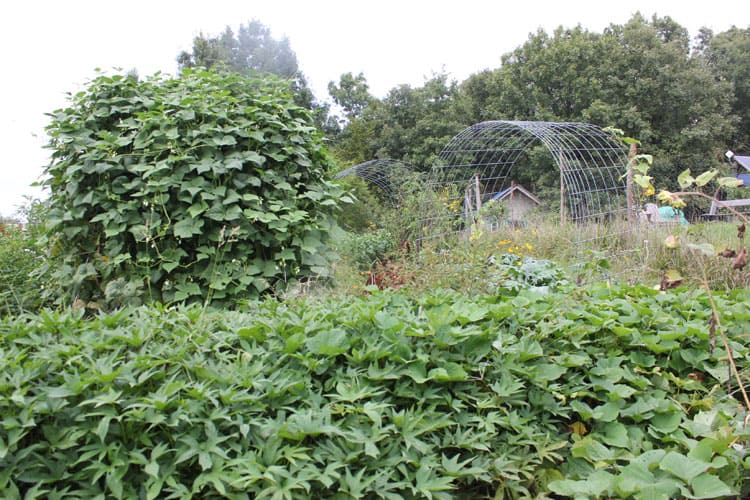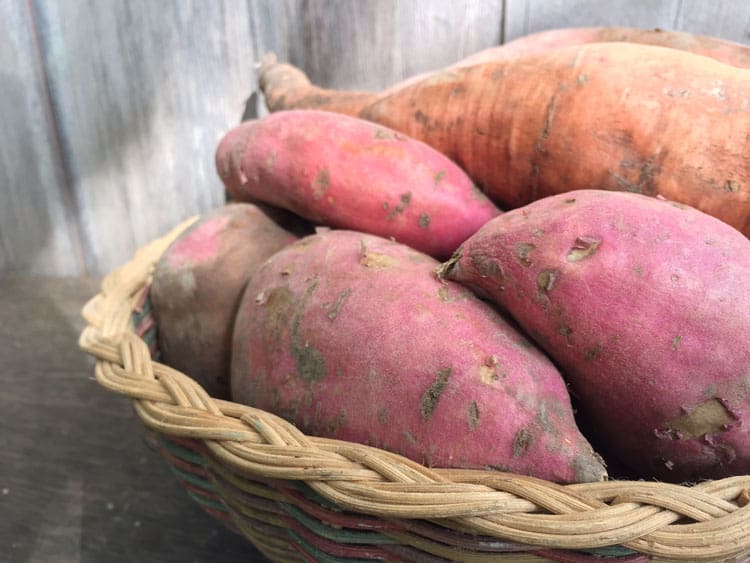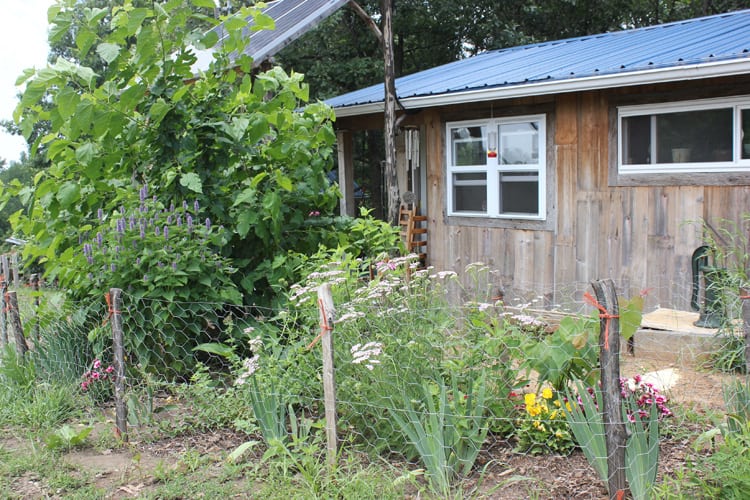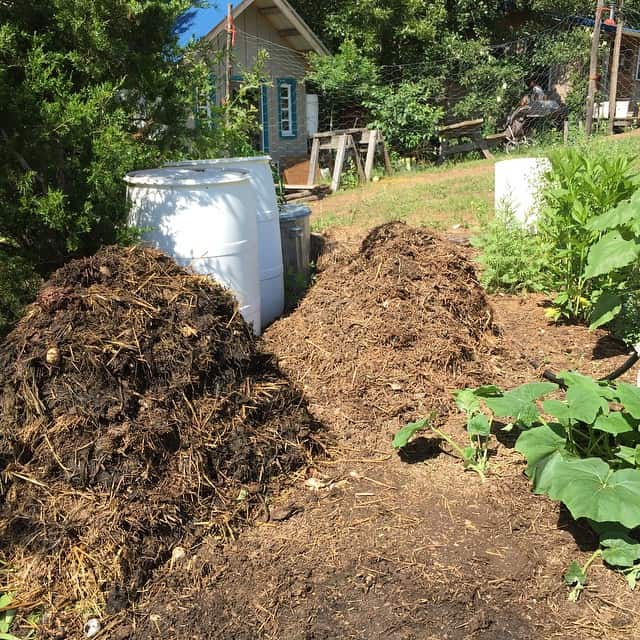What’s a root cellar yard? I like to contemplate it as a yard that offers you with a giant quantity of meals that you possibly can retailer in a root cellar. Assume root greens, apples, pears, potatoes, squash, onions, some brassicas, and lots of others. Planting a root cellar yard takes barely little little bit of planning to just remember to:
- Have enough space
- Are planting the right varieties
- Are harvesting on the suitable time
This article will practice you the basics of planning and planting your particular person root cellar yard so that you presumably can maximize the amount of homegrown meals in your desk and cut back your payments on the grocery retailer.
Why Root Cellar?
I like rising meals, and it’s a priority of mine to develop and eat native, pure fruit and veggies. As soon as I started gardening (method once more in 1999!), I lived inside the Willamette Valley of Oregon the place I was able to yard yr spherical and entry further native, pure meals on the pure meals retailer, farmer’s market, or winter CSA.
I nonetheless preserved various meals, nevertheless principally, I would stroll out into the yard in February and nonetheless uncover masses to eat.
In 2012, we moved to rural Northeast Missouri, the place it was troublesome to provide domestically produced meals inside the winter-early spring besides you grew or preserved it your self.
Now we reside in Central Vermont, gardening in zone 4b. On account of I don’t (however) have a extreme tunnel, my yard harvest is restricted to roughly May – November. Fortuitously, Vermont is filled with beautiful, domestically produced meals, nevertheless it could be expensive.
To fulfill their needs for homegrown meals, loads of my mates and neighbors can big parts of meals within the summertime months. That’s undoubtedly one good resolution to guard the abundance of summer season. Nonetheless, I’m a sort of unusual homesteaders that principally dislikes canning!
Canning is labor intensive and energy intensive, and preserving the vast majority of our meals with that methodology should not be one factor that matches correctly into our busy life. As an alternative, we reserve our canning efforts for jams, sauces, and condiments, and provides consideration to storing up to date meals in a root cellar or basement.
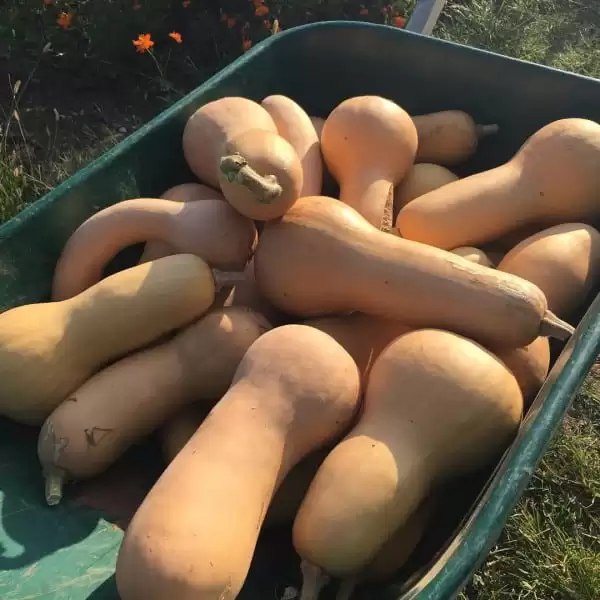

Planning a Root Cellar Yard
To confirm I’ve entry to domestically grown meals year-round, I’ve shifted my gardening priorities to offer you the selection gardening paradigm – a root cellar yard – that I’ll share with you in the mean time.
The 1st step in planning a root cellar yard is to anticipate your family members’s year-round meals needs.
As I mentioned, proper right here in Vermont, I primarily have entry to year-round domestically grown meals via a combination of Winter CSAs, Winter farmer’s markets, and a number of other different good pure meals co-ops. Nevertheless it would get very expensive to buy native and pure all winter prolonged.
I do know my family will eat and luxuriate in various meals that outlets correctly in a root cellar – we love carrots, parsnips, beets, potatoes, squash, and apples. Plus, these are the kinds of meals that will actually fill our bellies. So it’s smart for me to dedicate yard space to these storage crops.
My complete yard plan is to:
1) Get a bounce start on spring planting with utilizing row cowl and plastic. Remaining yr I was able to plant some greens and peas in April and commenced harvesting salad and kale in May.
2) Plant fresh-eating parts of summer season crops equal to cucumbers, peppers, zucchini, and basil. I’ve connections with native farmers that will current me with larger parts for preservation.
3) Dedicate space to a fall planting of kale, spinach, and completely different greens. Be taught further about fall gardening in Homestead Honey’s Data to Fall Gardening.
4) Plant a storage crop yard, specializing in meals that I can harvest in late fall and retailer in my root cellar for winter consuming. (I moreover complement my harvest by shopping for storage crops in bulk from completely different farmers.)
Succession Planting
This multi-season technique to gardening requires various planning and juggling of beds. I spend time with paper and pencil mapping out each yard mattress and deciding the proper approach to best benefit from the realm I’ve accessible. I will on a regular basis observe succession planting, or the act of following one plant with one different.
Succession planting may be very useful in the event you want to retailer a substantial quantity of meals in a root cellar, and likewise benefit from up to date harvests. For instance, if I plant potatoes inside the spring, I will have an ample crop to benefit from inside the late summer season. I can also plant a second crop of potatoes for storage.
The equivalent goes for beets or carrots. I want to space out my planting every 14 days or so. I’ll give consideration to quick rising, up to date consuming carrots and beets for the summer season months, after which shift to storage varieties inside the late summer season into the autumn.
Study further: 7 Strategies to Develop Additional Meals in A lot much less Space with Succession Planting
What to Develop in a Root Cellar Yard
The perfect gardens are full of meals your family members will actually eat, and a root cellar yard is not any exception! For those who acknowledge that your family members will flip up their noses at turnips, don’t plant them, even after they’re easy to develop and retailer! Equally, within the occasion you experience crop failures yearly with a positive form of vegetable, chances are high you will not have to base your plan spherical that crop.
On the entire, the meals that we develop/provide for storage in our root cellar are:
- Potatoes
- Winter squash
- Onions
- Garlic
- Beets
- Carrots
- Kohlrabi
- Rutabaga
- Cabbage
- Chinese language language Cabbage
- Turnips
- Apples
- Asian pears
- European pears
Many seed companies will designate good storage varieties, and it’s worth looking for these keepers out.
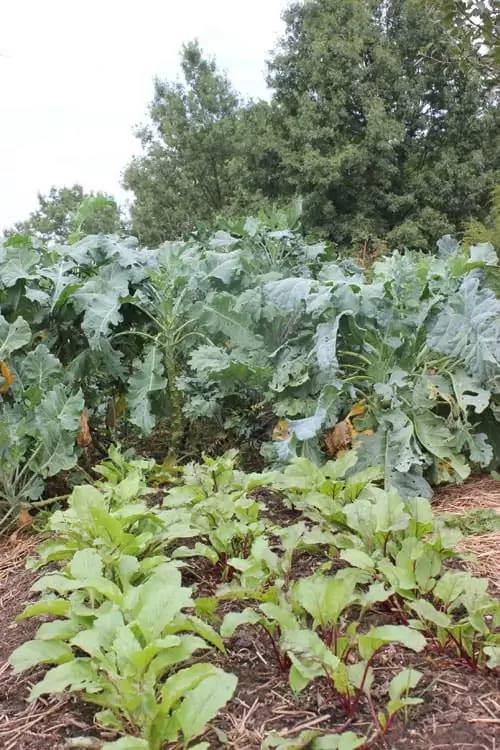

Recommendations for Planting
The exact act of planting your root cellar yard is not any completely completely different than each different crop – that you must pay attention to soil effectively being and fertility that will meet the needs of the numerous crops you is likely to be rising. Some storage crops, like winter squash, are heavy feeders, which implies that it is best to amend the yard mattress with a great deal of pure matter, and ponder a top-dressing mid-season.
The issue of planting a root cellar yard is that a number of the crops – considerably root greens equal to carrots, beets, and turnips – must be planted mid-summer. Inside the heat of the summer season, you will face challenges from extreme heat, drought, and pest pressure.
Let’s talk about each of these challenges and what you’ll be able to do to mitigate them.
Heat – Extreme heat and humidity makes it troublesome to start cool local weather crops. I normally direct sow root greens and transplant greens and brassicas in July via August – the preferred months of the yr!
You could help these crops alongside by creating shade, each with a bodily barrier like a shade material, or by planting on the north side of tall vegetation. For instance, you’ll plant a row of carrots on the north side of a row of peppers. The carrots will nonetheless get photo voltaic, nevertheless the peppers will help create just a little little bit of pure shade.
Certain vegetation could possibly be started indoors – broccoli, kale, and cabbage as an illustration – and the established vegetation transplanted into your yard.
Drought – Fixed, even moisture is essential to seed germination, and plant effectively being, so that you just’ll have to offer you an irrigation plan for events when it would not rain. If in case you may have an irrigation system in place, your cool local weather crops will thanks!
Pest Stress – Late summer season is an excellent time to be a pest, nevertheless a not-so-great time to be a youthful seedling! Consider using row cowl to protect youthful vegetation from pests. I’ve the hardest time rising Brassicas inside the late summer season as a result of cabbage worms. Masking the vegetation with row cowl will help cease the moths from laying eggs on the vegetation.
Now that you just acknowledge the basics of planning and planting a root cellar yard, I encourage you to check out these completely different sources on root cellaring that I’ve written. And let me know what extra questions you possibly can have about root cellaring!
Root Cellaring 101 – What’s a Root Cellar, Good Circumstances, and Makes use of
Vegetable Storage in a Root Cellar
Developing a Homestead Root Cellar
